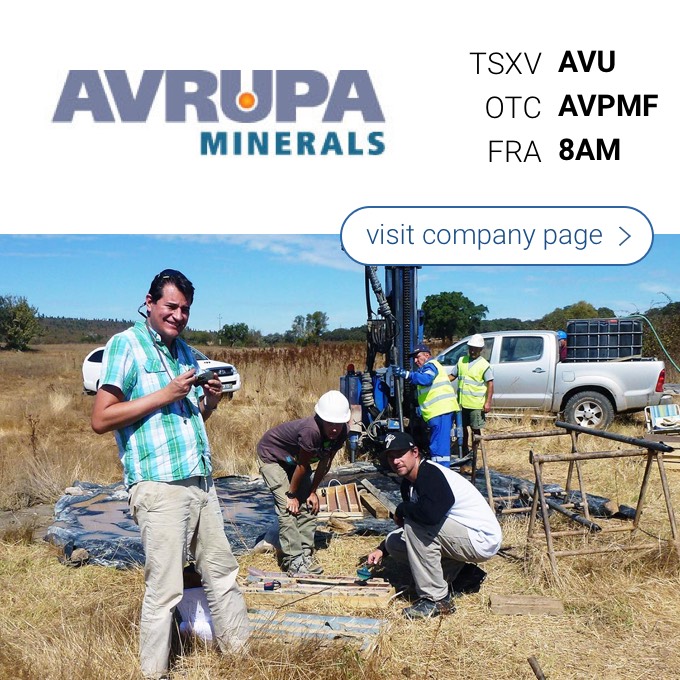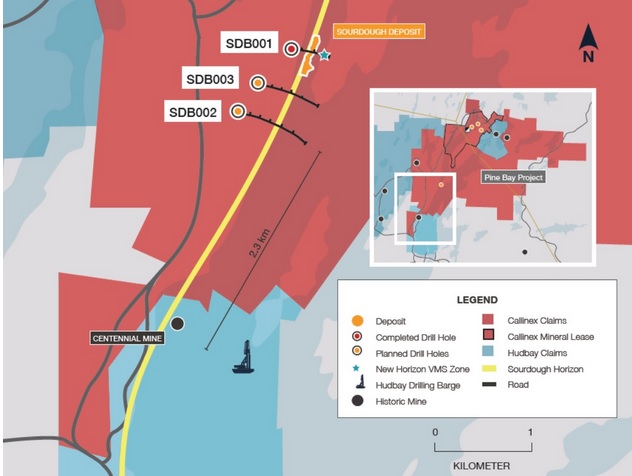It’s been a while since we updated you on Inca One Resources (IO.V), and we feel it’s time to release an update as the operations in Peru are ramping up to 50 TPD and test milling has resulted in a total gold production of approximately 345 ounces of gold.
[download_link link=”http://caesarsreport.com/freereports/CaesarsReport_2014-04-01.pdf” variation=”blue”]DOWNLOAD REPORT [750kB][/download_link]
[gview file=”http://caesarsreport.com/freereports/CaesarsReport_2014-04-01.pdf”]
[download_link link=”http://caesarsreport.com/freereports/CaesarsReport_2014-04-01.pdf” variation=”blue”] DOWNLOAD REPORT [750kB][/download_link]
[fancy_header3]TEXT VERSION[/fancy_header3]
[margin20]
The toll milling business model
The business model is actually quite simple. Inca One purchases ore from artisanal miners in the neighborhood (or even further away depending on the average grade of the ore) and processes the ore through its mill facilities in Chala in Peru’s Arequipa region. This model works because those artisanal and small scale miners do not have their own milling facilities and either have to ship the ore far away, or be happy with a low recovery rate which is in most cases lower than 50%.
As Inca One’s mill is able to process the artisanal ore on a more efficient basis, the effective recoveries at Chala One are much higher, and averaged in excess of 90% for the gold, thus can give a guaranteed rate of recovery and buy the small scale miners ore based on that rate. This higher efficiency results in a higher gold production and security for the artisanal miners and thus an increased revenue and profit. It’s Inca One’s goal to be the ‘processor of choice’ for small-scale artisanal miners by continuously maintaining high standards.
How does Inca One make money?
There are several different pillars in Inca One’s business model which generate income. First of all, the company levies a toll mill charge which is mainly driven by grade. The targeted grade is one ounce of gold per tonne which is very reasonable given the fact that competitor Dynacor Gold Mines (DNG.TO) is effectively processing ore with an average grade of in excess of 1oz/t. Investors should not be disappointed with the latest reported average grade of 18.17g/t gold as Inca One still is in the test milling phase and continues to source more (higher grade) ore. The processing charge is roughly $270/t with a variation of $10 per 0.1oz/t difference.
Secondly, Inca One uses a discount of 10% compared to the spot price on the delivery date of the ore. This is mainly meant to cover itself against sudden fluctuations in the gold price.
Thirdly, Inca One takes a 7% recovery provision which is mainly meant to cover itself against a sudden and unexpected change in the average recovery rate of the gold. This means the artisanal miner gets paid based on an assumed recovery rate of 85-87% whereas the real recovery rate is actually in the nineties. Inca One also charges the miners for the use of chemicals which results in an approximate additional revenue of $6-10/t.
As you can see, the company has a lot of safeguards in place which should be very helpful to reduce the operational risk and exposure to volatility in the gold price.
Where to go from here?
est milling is confirming that the Chala One plant is able to process the ore from surrounding artisanal miners, and Inca One plans to immediately expand the plant to a capacity of 100 tonnes per day. This means that if the eyed grade of 1oz/t could be achieved, Chala One could very well be producing 35,000 ounces of gold per year which would result in an operating cash flow of almost $10M per year, according to the company’s own estimates.
CEO Edward Kelly expects to fourfold the capacity for a total price tag of ‘just’ $5M (of which almost $2M is earmarked for the lock-box account which is only used to purchase ore from artisanal miners) which is very low if Inca One is indeed able to increase the operating cash flow to almost $10M per year.
The financial situation of Inca One
As of at March 7th, Inca One had approximately C$400,000 in cash and cash equivalents, so more money will be needed to fund the expansion of the current plant. The company has recently finalized the share swap transaction with GRIT out of London for a theoretical amount of C$1.3M.
As we expect a discount of 25% on the sale of those GRIT-shares, we value the GRIT shares currently at C$1M. This means that Inca One will very likely raise additional money later this year in order to be able to expand the current throughput which will result in additional benefits because of the economies of scale. We hope that the majority of this financing can be secured by issuing more debt, but are also expecting more new shares to be issued.
Should Inca One be able to raise the C$5M, we don’t anticipate the company to go back to the equity markets ever again, as the eyed annual cash flow of $9.8M will be
sufficient to fund the company’s further expansion plans down the road. Nobody likes dilution, but it’s imperative for Inca One to expand its processing throughput to capture the economies of scale.
Conclusion
In less than eight months, Inca One has acquired a mill and started processing the ore of artisanal miners at an average recovery rate of more than 90%, thus indicating the Chala One plant is performing well. The company still is in the test milling phase, but we expect the average production rate to ramp up to the nameplate capacity of 25 tpd relatively soon now as Inca One continues to source more ore to process. On top of that, Inca One will be raising money to increase the capacity to 100tpd which would allow the company to enjoy the benefits of economies of scale.
The government has recently raided several illegal processing facilities in the Chala district, and seven of them were destroyed by the army. This means that the artisanal miners (whose operations are legal or at least in the formalization process) now have even less choice as to where to process their ore, and this puts Inca One in a strong position to attract new ore deliveries.
[divider_top]
Disclosure: Inca One Resources Corp. is a sponsoring company. Please see our disclaimer for current positions.













